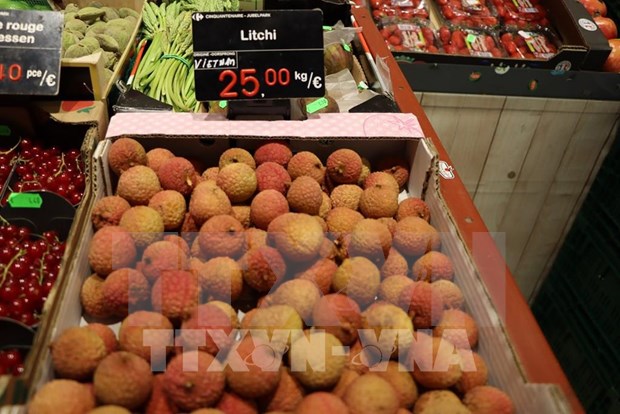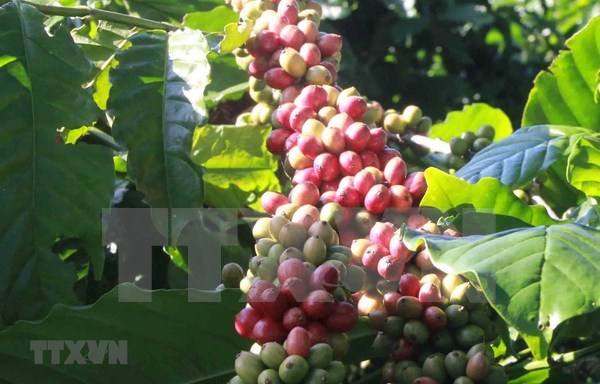Agricultures, News & Event
Vietnam gains stronger foothold in EU market two years after EVFTA takes effect
Vietnam is gaining a stronger foothold in the EU market, though the COVID-19 wreaked havocs on both sides, after the EU-Vietnam Free Trade Agreement (EVFTA) took effect in August 2020.

Vietnam is gaining a stronger foothold in the EU market, though the COVID-19 wreaked havocs on both sides, after the EU-Vietnam Free Trade Agreement (EVFTA) took effect in August 2020.
The high-quality trade deal has enabled many Vietnamese enterprises to stand strong through the pandemic over the last two years, Luong Hoang Thai, Director of the Ministry of Industry and Trade’s Multilateral Trade Policy Department, told the Vietnam News Agency.
Vietnam’s exports to the EU increased 6.2% to 39.75 billion USD in the first year after the EVFTA became valid (from August 2020 to July 2021), he said.
Ten months into the second year of the agreement (from August 2021 to the end of May 2022), the shipment volume soared 39.71% to 36.8 billion USD, with significant growth seen in many of Vietnam’s key export items, for example, textile-garment (16.7%), rice (42.9%), pepper (81.3%), aquatic products (22.7%), and machinery (20.9%).
The percentage of Vietnamese exporters using certification of origin to reap preferential duties provided by the EVFTA expanded from 14.8% in the first year to 20.7% in the second year, Thai noted.

He further cited that last year, Vietnam ranked 11th among exporters to the EU globally. In Asia, the country came fifth, only after China, Japan, the Republic of Korea and India.
It showed Vietnam’s heightened position in the EU market, given that it is a very demanding market with high quality requirements, he said.
Now the EU is also Vietnam’s third largest importer of agricultural products. According to the Ministry of Agriculture and Rural Development, two-way trade of agricultural, forestry and aquatic products grew from 4.3 billion USD in 2015 to 4.5 billion USD in 2020.
The figure rose further after the EVFTA came into force, to 5.2 billion USD in 2020, up 15.56% from a year earlier. It totalled 2.66 billion USD in the first five months of this year, a year-on-year surge of 26%. Vietnam’s shipments stood at 2,145 billion USD, up 36.6% year-on-year.
Many agricultural products posted double-digit growth, including coffee, aquatic products, vegetables and pepper, while rice enjoyed a triple-digit jump.

Preferential customs duties from the EVFTA have prompted Vietnamese seafood exporters to drastically improve quality of their products, said General Secretary of the Vietnam Association of Seafood Exporters and Producers (VASEP) Truong Dinh Hoe.
The trade pact has made producers pay greater attention to not only quantity but also added value of the products, he said, adding that they have been keeping in mind that the EVFTA remains a key for them to enter the EU market.
Deputy Minister of Agriculture and Rural Development Phung Duc Tien said Vietnamese and EU products are non-competitive but complimentary to each other and there are plenty of room for both sides to step up agricultural product trade.
Given that Vietnam has been actively participating in the global food chain amidst disruptions caused by COVID-19, Tien said his ministry stands ready to cooperate with the EU to foster trade facilitation, protect standards and minimise trade barriers between the two sides./.
